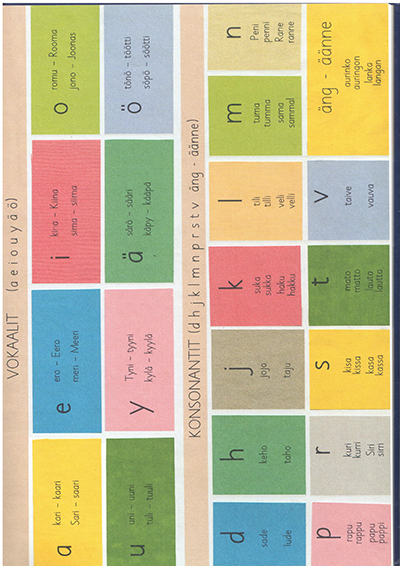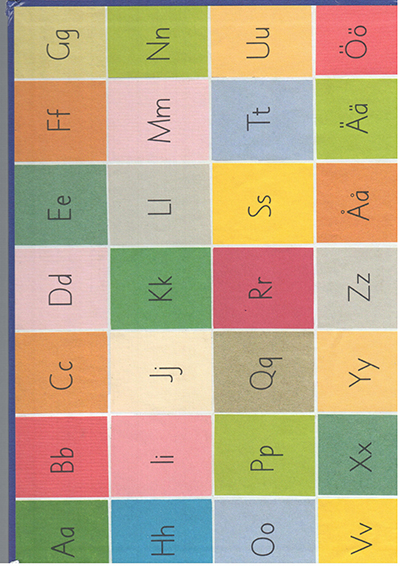| Sorted by date | |||
page003from Building Ideasrecent years, in journals such as Architectural Design as well as the many school-based periodicals. Peter Eisenman and Jacques Derrida’s collaboration entitled Chora L Works, and Libeskind’s facsimile set of working documents from the V & A project, show how these presentations have added to an earlier “currency”, in which new ideas have circulated in the form of “manifestoes” and theoretical statements. The recent appearance of a whole series of anthologies containing reprints of theoretical writings has also served to increase awareness of the wider influences affecting architecture. The crossover between debates going on in other areas of cultural inquiry has begun to shift architectural thinking towards the field of “cultural theory”. The persistent presence of architectural issues in a whole range of theoretical debates – in fields such as anthropology, psycho-geography, film and media studies – has even led to an interest in the occurrence of architectural ideas within the very structure of philosophy itself.
The architectural theorist Mark Wigley has written at length on this relationship, looking at the reliance on – and simultaneous denial of – the role of architectural metaphors in the history of philosophical thinking. The grand conceptual “edifice” built on “foundations” of truth and certainty has been a common feature in the “construction” of many philosophical systems and likewise, in the present climate of interdisciplinary investigations, there is a marked preoccupation with philosophical thinking in architecture. One of the consequences of this new interest in the broader context of architectural theory is the further blurring of the distinction between “thinking” and “doing”. This has led to notion of a “theoretical practice” that is both critical and constructive in its attitude towards reality. The common characteristic of all these various strategies of practice is the belief in architecture as a mode of cultural discourse. The role of theory in the present climate is a long way from methodology, in that the point is not just about how to make “better” buildings. In terms of the old adage that “society only gets in the architecture it deserves”, the influence of architectural theory might impact rather upon society, and even help to create the conditions within which a more critical architecture can flourish. The general premise behind all of this reasoning – as well as the motivation for
|
|||
|
|||
|
|
 ... ...
... ... ... ...
... ... ... ...
... ... ... ...
... ... ... ...
... ... ... ...
... ... ... ...
... ... ... ...
... ... ... ...
... ... ... ...
... ... ... ...
... ... ... ...
... ... ... ...
... ... ... ...
... ... ... ...
... ...